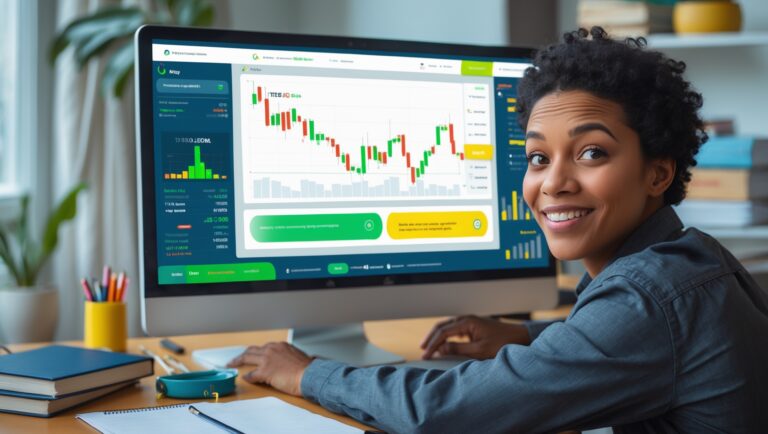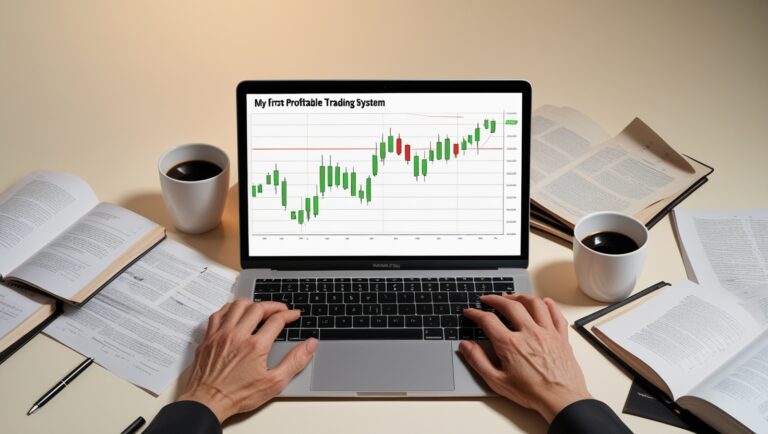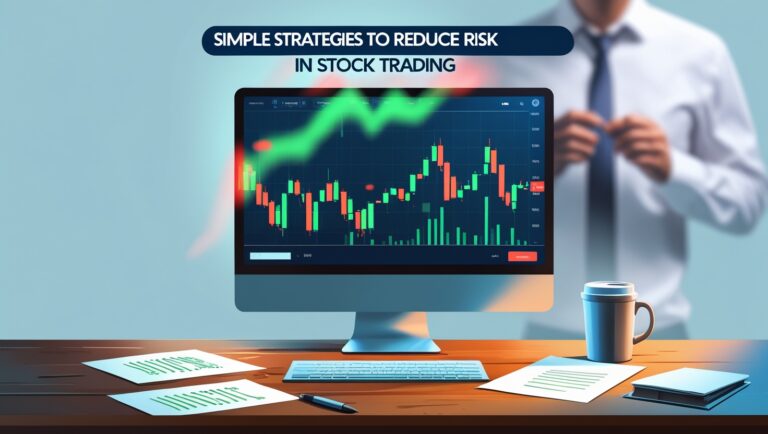How I Use Free Tools to Track My Progress as a Trader
How I Use Free Tools to Track My Progress as a Trader
When I started taking trading seriously, one of the biggest game-changers wasn’t a fancy scanner or expensive software. It was tracking my progress consistently — and I did it using tools that didn’t cost me a dime.
You don’t need a premium subscription or a $99/month trading journal to grow. I’m proof of that. I built a solid system to review, analyze, and improve my trades — all with free tools anyone can use.

Table of Contents
Why Tracking Progress Matters More Than You Think
Before I started tracking, I had no real idea what was working. I was going off vibes and memory — which, let’s be honest, can lie to you. I thought I had a good win rate. I thought I was trading clean setups. But when I looked back, the results said otherwise.
That’s when I committed to keeping records of every trade. Not just entries and exits — but the reason behind each trade, the setup, the emotions, and the outcome. That’s how real growth started.
My Go-To Free Tools for Tracking Trades
Here’s what I use regularly — all free, simple, and effective:
- Google Sheets – I created my own trading journal template. I log each trade, setup type, entry/exit, result, and even a 1-10 rating on how well I followed my rules.
- Google Docs – I keep a running “trade diary” where I break down weekly patterns I’m noticing, my emotional state, and review lessons learned.
- TradingView (free version) – I use this to chart and take screenshots of trades I’m analyzing or reviewing after the fact.
- Screenshots + Folders – Every winning or losing trade I learn from, I screenshot and save in folders by setup. This gives me visual memory over time.
You don’t need a fancy tool. You just need consistency and a process.
Reviewing Data Helped Me Stop Lying to Myself
When I first reviewed 30 days of logged trades, it was humbling. I was taking way more impulsive entries than I thought. I wasn’t managing risk like I claimed. But guess what? Once I saw the truth in front of me, I could fix it.
These free tools became my accountability partners. I stopped trading emotionally and started trading intentionally.
I Track More Than Just Numbers
It’s not just about profits or win rates. I also track:
- How well I followed my rules
- If I entered on confirmation or emotion
- My mindset before and after trades
- What time of day I tend to win/lose more
Those insights helped me build a repeatable, high-quality strategy — and avoid setups that were draining me financially and mentally.
Want to See the System I Use Now?
If you’re trying to grow as a trader and want a strategy that doesn’t rely on indicators or paid subscriptions, check out my ebook:
👉 Pay Your Bills with Stocks
Inside, I break down how I find clean trades, track my progress, and stay consistent using free tools and real structure — no fluff, no signals, just results.
Final Thoughts
Don’t fall into the trap of thinking you need expensive software to succeed. What you really need is awareness, discipline, and a system to track what you’re doing. That’s what separates traders who improve from those who just guess and hope.
The best part? Every free tool I listed above helped me get better without spending a cent. If I can do it, so can you.
Start tracking today — and start trading smarter tomorrow.
One of the most underrated parts of using free tools is that you’re forced to engage with your own data manually. That might sound like more work, but it’s exactly what helped me develop better habits. When you’re entering your trades into a Google Sheet row by row, it’s hard to ignore bad behavior.
I started noticing things I never saw before — like how I performed worse on Mondays, or how I kept breaking my rules with one specific setup. These were things I would’ve never caught just looking at my broker’s profit and loss screen.
I also added a column in my journal called “Why I took this trade.” At first, I’d write things like “looked strong” or “big candle.” But over time, I started getting clearer: “bounce off support + volume + previous resistance acting as new support.” That one column alone helped me trade more consciously.
One of the biggest psychological benefits of tracking is this: it helps you detach your identity from your results. I stopped thinking of red days as failures. If I followed my process, it was a win — even if the market didn’t go my way.
Another useful trick I developed: at the end of each week, I color-coded my spreadsheet. Green if I followed my rules, red if I didn’t — regardless of whether the trade made money. That gave me an honest view of my discipline, not just my dollar gains or losses.
I also made it a habit to review my top five best trades and worst five trades each month. That comparison gave me insight into what I should do more of — and what I needed to cut completely. Most of the time, the problem wasn’t the strategy — it was me stepping outside it.
When I added screenshots to the process, things leveled up. I could actually go back and study the visual behavior of the charts before, during, and after my entries. Over time, I built a mental library of how my setups should look — and how they fail.
Even on days I didn’t trade, I logged thoughts. “No clean setups today,” or “Felt distracted, so I stayed out.” Those notes might seem small, but they helped me spot patterns in my mindset, which was just as important as patterns on the chart.
Sometimes I go back months later and reread entries from trades I completely forgot. It’s wild how much I’ve grown just by logging and reviewing my thoughts over time. You don’t need to be perfect — you just need to keep showing up and paying attention.
I also learned that tracking trades helped me trust myself more. It gave me a roadmap. I wasn’t just reacting anymore — I was following a system I built, with proof that it worked. And that kind of confidence can’t be bought — it’s earned through repetition and review.
If you’re overwhelmed and don’t know where to start, just begin with a simple Google Sheet. List your date, ticker, setup, reason for entry, exit, and result. That’s it. Add details over time as you learn. The important thing is to start — and stay consistent.
And if you want to see how I turned my tracking into a full strategy that actually pays my bills, I share it all here:
👉 Pay Your Bills with Stocks
It’s the real breakdown of how I plan, track, and execute each week without needing expensive tools — just discipline, structure, and a few free resources that actually work.

Stay ahead in the stock market! Subscribe to our newsletter and receive exclusive stock flow reports, trading insights, and actionable tips directly in your inbox. Join thousands of traders who get our updates first.







